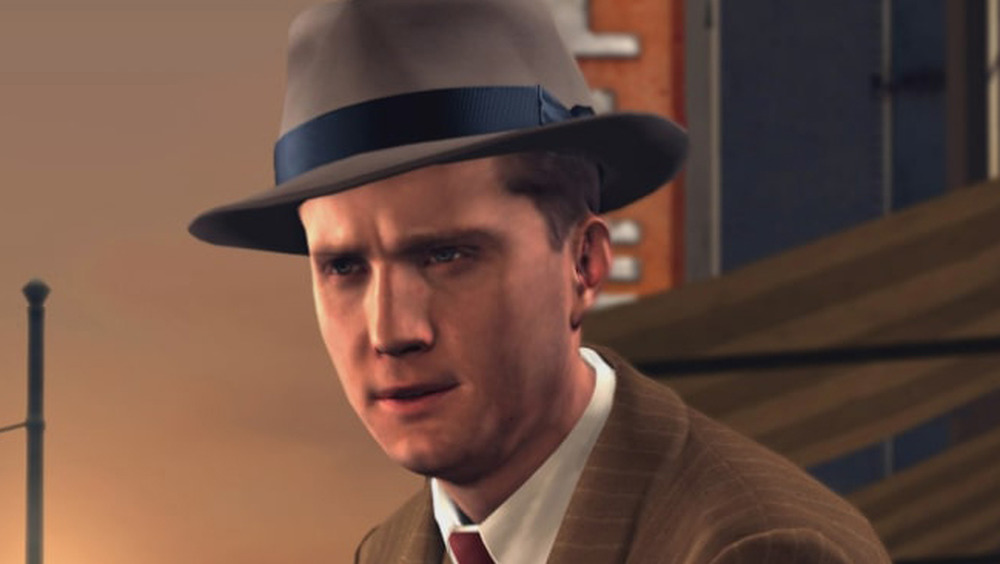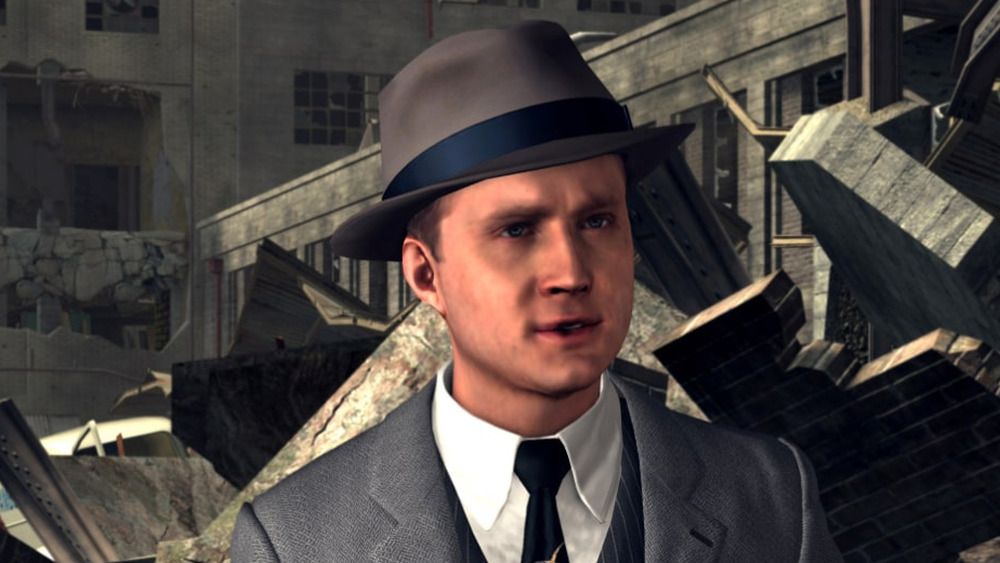The Creepy Events That Inspired L.A. Noire
Rockstar Games' L.A. Noire is the perfect nod to life in 1940s Los Angeles. The action adventure game follows Detective Cole Phelps as he rises through the ranks of the Los Angeles Police Department, solving cases across five different divisions (Patrol, Traffic, Homicide, Vice, and Arson). Gameplay elements include third-person shooting, decision-making, driving, puzzle strategy, and more. The open-world map allows players to explore Los Angeles by car or on foot to take in all of the landmarks that were inspired by the time period's real-life landmarks.
Of course, the landmarks aren't the only inspiration behind L.A. Noire. Rockstar Games revealed upon the game's initial 2011 release that developer Team Bondi "researched stacks of original articles reported in the newspapers of the day to cull authentic elements of real life crimes" that could be incorporated into L.A. Noire. Each case in the game is inspired by some part of a real crime, but one particularly infamous case stands out against the rest.
Fans are still awaiting confirmation on the possibility of an L.A. Noire 2, but in the meantime, you can try your hand at solving the Black Dahlia murder.
The Black Dahlia murder case
During "The Red Lipstick Murder" case in the game, Phelps and his new partner, Rusty Galloway, investigated the murder of a woman named Celine Henry, which occurred in an area called The Moors. The woman's body was found nude, mutilated, and badly beaten, with a message referring to the mysterious "B.D." written on her skin in red lipstick. In the L.A. Noire world, the case appeared to have some connections to the work of "The Werewolf," a killer from six months prior whom the LAPD had been unable to catch.
Henry's murder was inspired by the real-life 1947 murder of Jeanne French, a 45-year-old veteran Army nurse who was found in the same scenario as the game depicted. Also, just as in real life, the murder came months after the infamous killing of young aspiring actress Elizabeth Short, which newspapers referred to as the Black Dahlia case, in reference to Short's penchant for wearing black clothing and a 1946 film called The Blue Dahlia. Later in L.A. Noire, Phelps and Galloway find a stolen social security card for one Betty Short, which was also stolen off the real-life body.
Though the real Black Dahlia case remains open and unsolved, players have the chance to close it for good in L.A. Noire.


